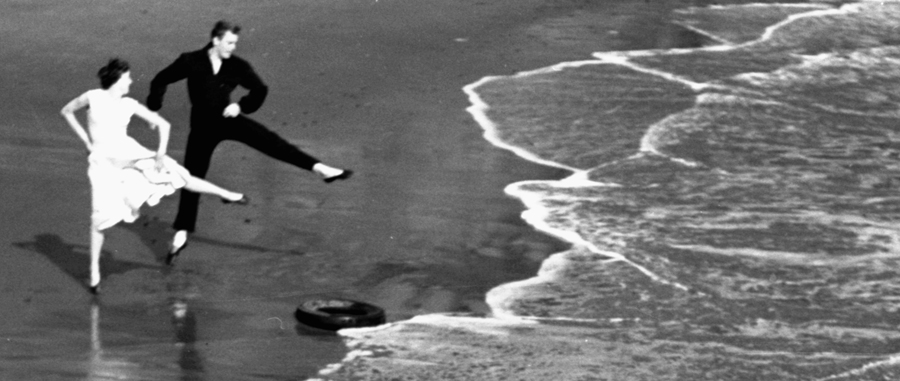Dance of a Lifetime - Page 3
 |
|
|
 |
|
|
 |
|
|
"Tapping into our personal stories," she wrote, "the dances we made had transformative powers. I began to call them rituals and identified the materials that created them as myths."
Anna and Larry, who married in 1940, took a trip at Anna's suggestion later that year that would deeply affect Larry's career, as well as significant chunks of Northern California landscape. "Who the hell is that?" Larry asked when she proposed visiting Frank Lloyd Wright at Taliesin, a short drive from their university.
Larry had been studying horticulture, planning to return to a kibbutz in Palestine where he had lived as a teenager. But after visiting Wright, he shifted to landscape architecture. "I said, 'Boy, this is what I really want to do,'" Larry recalled.
Larry soon made his influence felt on his wife's career, going to Harvard in 1941 to study landscape architecture at the Graduate School of Design, which had become an American version of the Bauhaus under the direction of that school's former chief, Walter Gropius.
While writing her own graduate thesis, 'Hebrews: A Dancing People,' Anna became immersed in the modernist thinking of such ex-Bauhaus instructors as Marcel Breuer and Laszlo Moholy-Nagy.
She also taught dance at two schools: an upper-crust girls' school that had never before hired a Jew, she says; and, to assuage her social concerns, a settlement house school for poor minorities.
Anna also taught a class in dance and movement to architecture students at Harvard. "What does a curve feel like to experience in your body," she asked, "as opposed to an angle?"
But Larry's major influence on Anna's career came some years later, after they moved to California in 1945 following his discharge from the Navy. (The destroyer he served on in the Pacific had been hit by a kamikaze flight.)
The move itself had a major effect on her development as an independent voice in dance, away from the heady, self-centered New York scene. "I wouldn't have blossomed in a place like New York," Anna says. "Too much pressure. I'm not an urban person. I was brought up on a prairie in a suburb of Chicago."




